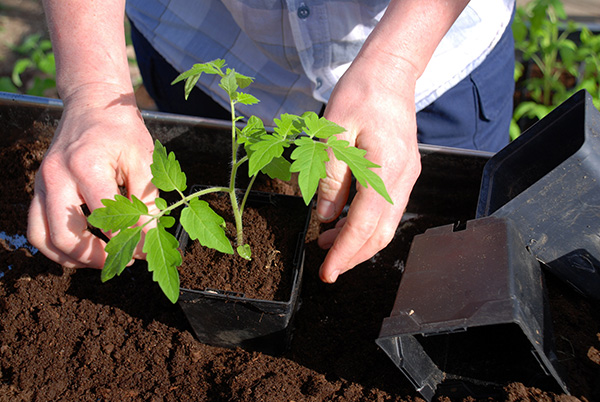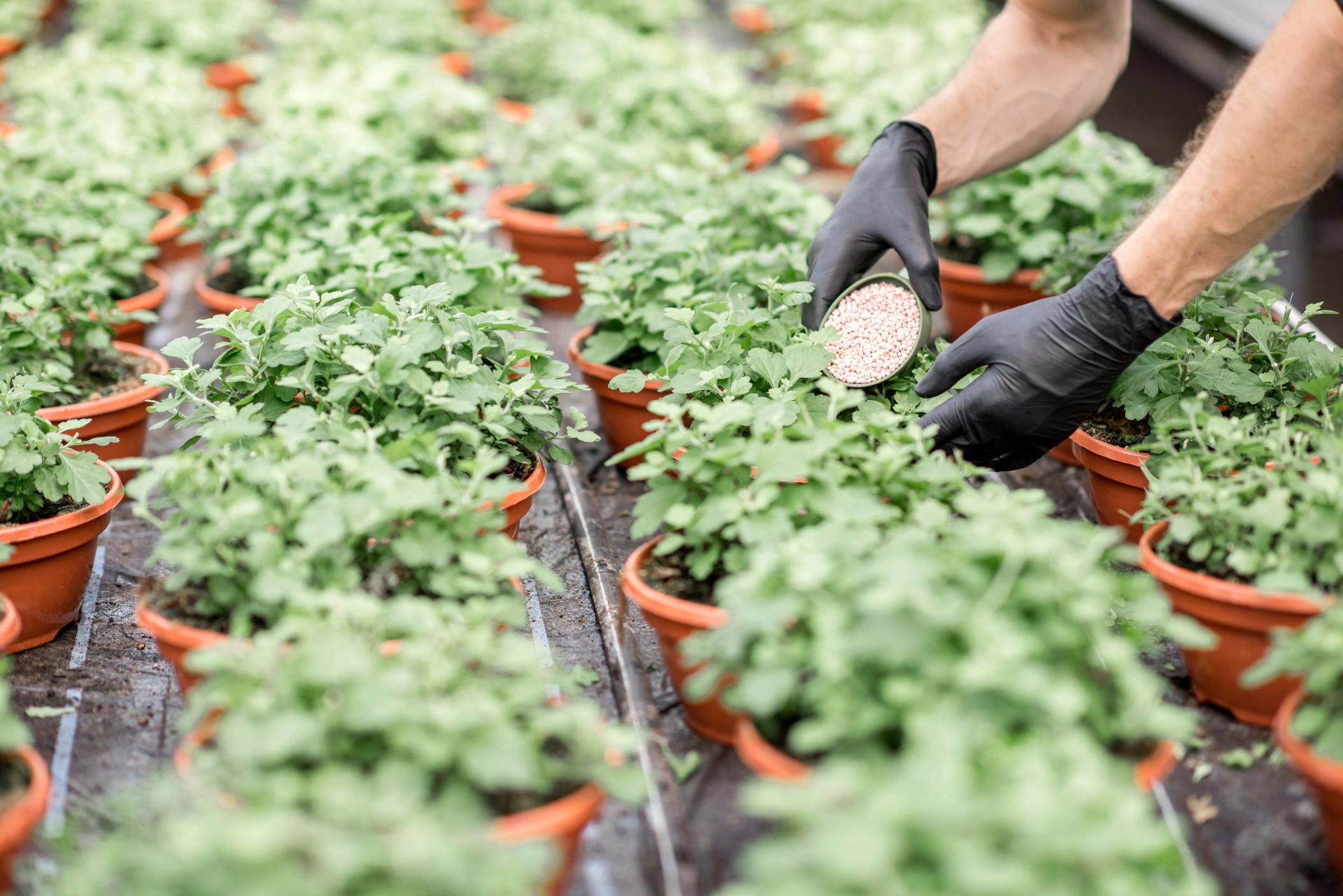Prevent These Plants: What Plants Don't Like Epsom Salt
Wiki Article
Learn More About the Particular Plants That Are Negatively Affected by Epsom Salt Application
Epsom salt, a prominent house solution for numerous gardening problems, is commonly applauded for its useful effects on plant growth. Comprehending the particular plants that can be detrimentally affected by Epsom salt is important for any kind of garden enthusiast looking to maximize their plant care regimen.Roses

Roses, especially sensitive to modifications in their atmosphere, can be adversely impacted by the application of Epsom salt. While Epsom salt is frequently utilized as a plant food to promote plant growth and enhance flowering, roses are just one of the plants that do not respond well to its application. The high magnesium content in Epsom salt can disrupt the uptake of other essential nutrients by the rose plants, bring about deficiencies that materialize as yellowing leaves or stunted development.

Tomatoes
While Epsom salt is frequently proclaimed as a treatment for various plant issues, consisting of bloom end rot in tomatoes, its application can lead to harmful outcomes if not made use of judiciously. Excessive Epsom salt, which is magnesium sulfate, can interfere with the fragile nutrient equilibrium needed by tomatoes, possibly leading to deficiencies in various other essential nutrients like calcium. When taking into consideration the usage of Epsom salt on tomatoes, it is crucial to adhere to recommended application rates and soil screening to prevent unexpected consequences on the overall health and efficiency of these precious garden plants.Peppers
Peppers, revered for their different colors and degrees of spiciness, can show sensitivity to adverse impacts from Epsom salt when not used with treatment and consideration for their specific dietary needs. what plants don't like epsom salt. Peppers, belonging to the Solanaceae family members, need a fragile equilibrium of nutrients to flourish. While Epsom salt is known to increase magnesium levels in plants, excessive application can interrupt this balance, resulting in negative effects on pepper plantsWhen peppers are revealed to high levels of magnesium from Epsom salt, it can conflict with the plant's ability to take in various other important nutrients like calcium and potassium. This inequality might show up in signs such as leaf staining, stunted growth, and decreased fruit production. Additionally, the extreme magnesium can modify the dirt pH, more intensifying nutrient uptake issues for peppers.

Rhododendrons
Given the level of sensitivity of certain plant species to imbalances caused by Epsom salt, it is vital to take into consideration the influence on Rhododendrons, which likewise call for particular nutrient degrees to prosper. Rhododendrons are acid-loving plants that prefer acidic soil conditions with a pH variety in between 4.5 and 6.0. Epsom salt, chemically referred to as magnesium sulfate, can modify the dirt pH and interrupt the delicate equilibrium of nutrients essential for Rhododendron health and wellness.
To preserve the ideal growth and wellness of Rhododendrons, it is crucial to prevent the indiscriminate use of Epsom salt and rather concentrate on supplying the details acidic soil conditions and have a peek here nutrients that these plants require for growing.
Azaleas
These preferred flowering plants are often discovered in yards, parks, and landscapes due to their appeal and flexibility. While Epsom salt is frequently used as a solution for magnesium deficiency in plants, its application to azaleas can have unfavorable impacts.When Epsom salt is used to azaleas, it can modify the dirt pH, making it more acidic. Azaleas prefer a little acidic dirt problems, and an unwanted of magnesium from Epsom salt can interrupt this balance, resulting in nutrient discrepancies and possible toxicity issues. The inaccurate application of Epsom salt can cause stunted growth, yellowing of fallen leaves, and general decline in the wellness of azaleas. It is essential to be cautious when considering the use of Epsom salt on azaleas to stop any negative repercussions on these delicate decorative shrubs.
Conclusion
To conclude, it is very important to be familiar with the specific plants that can be negatively impacted by the application of Epsom salt. Roses, tomatoes, azaleas, peppers, and rhododendrons are some examples of plants that may not benefit from Epsom salt and might even experience harm. It is important to research and understand the demands of each plant varieties before using Epsom salt as a fertilizer to ensure their wellness and wellness.
Understanding the specific plants that can be adversely influenced by Epsom salt is vital for any kind of garden enthusiast looking to maximize their plant treatment routine. While Epsom salt is typically made use of as a plant food to advertise plant growth and improve flowering, roses are one of the plants that do not respond well to its application.Excessive use of Epsom salt can likewise result in a build-up of salts in the soil, leading to root damage and dehydration of the rose plants. While Epsom salt is known to improve magnesium levels in plants, too much application can disrupt this balance, leading to negative results check my site on pepper plants.
these details The high salt material in Epsom salt can additionally dry out Rhododendron origins, creating additional stress and damage to the plant. (what plants don't like epsom salt)
Report this wiki page